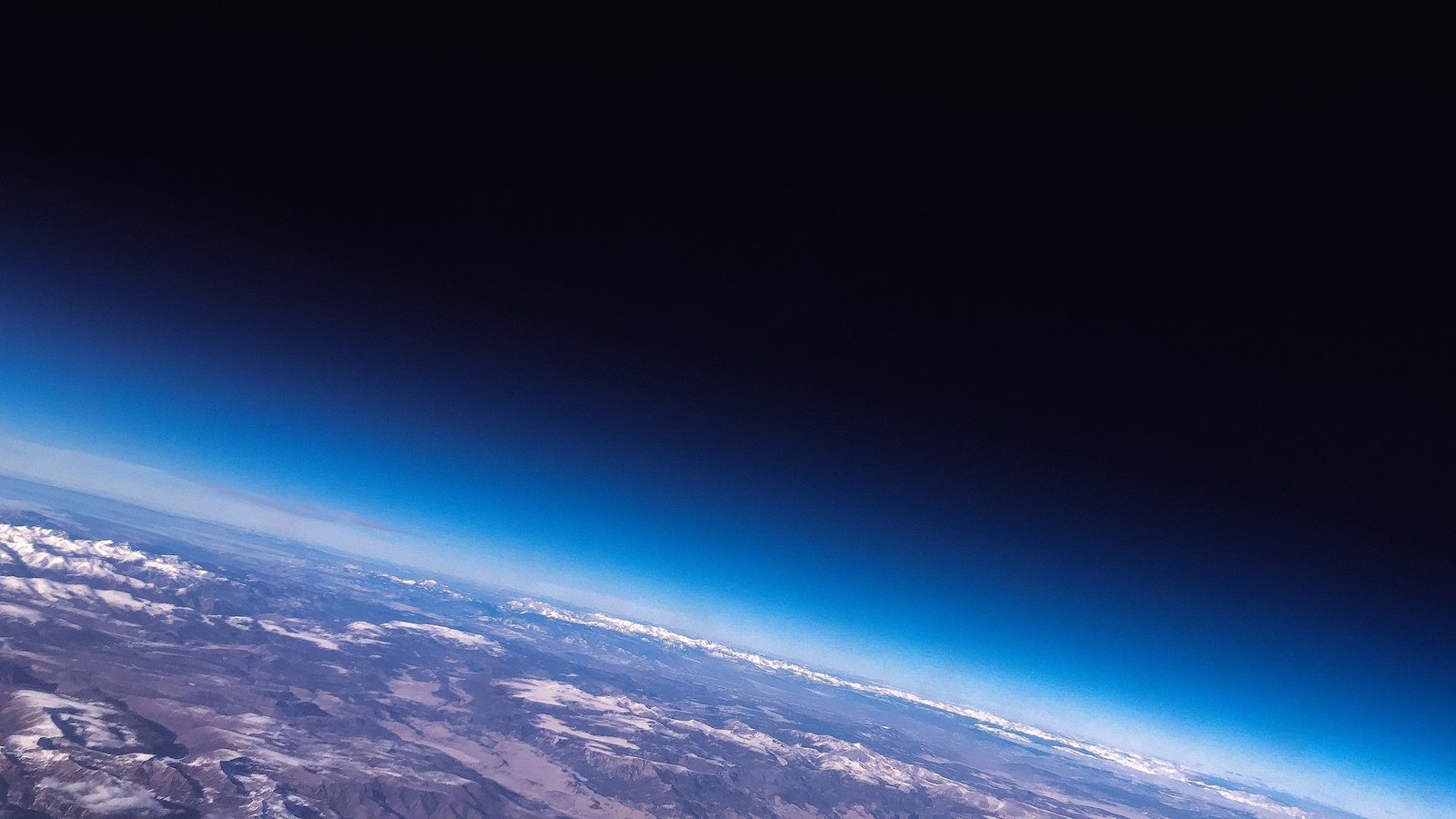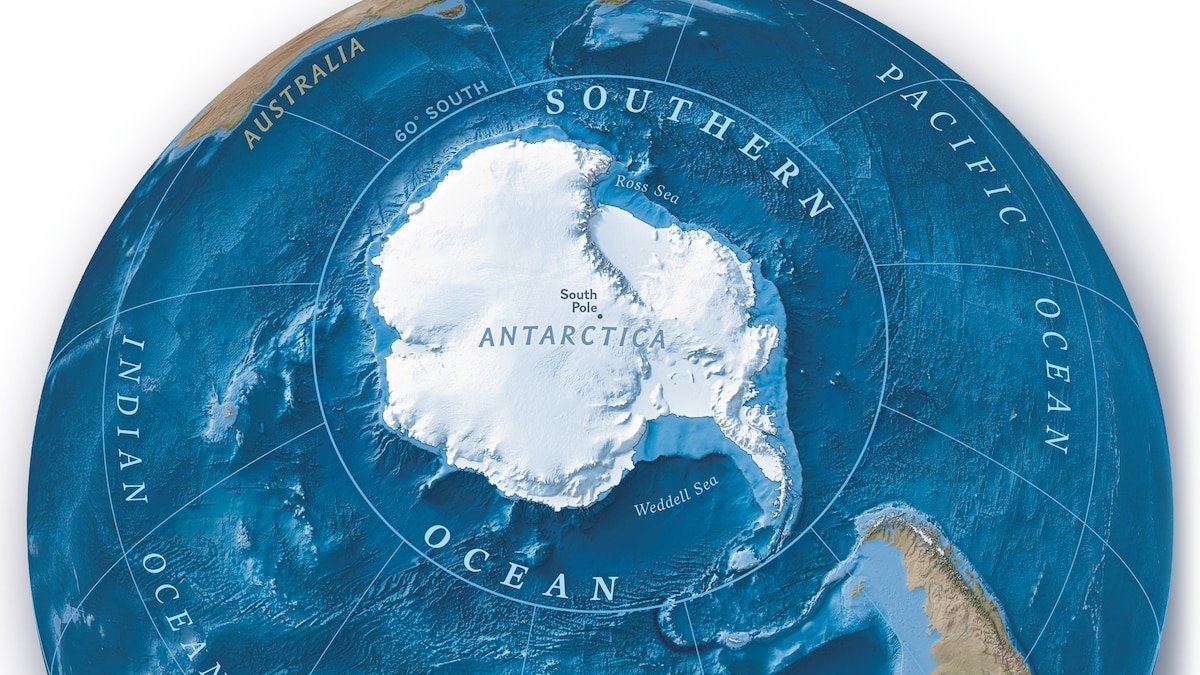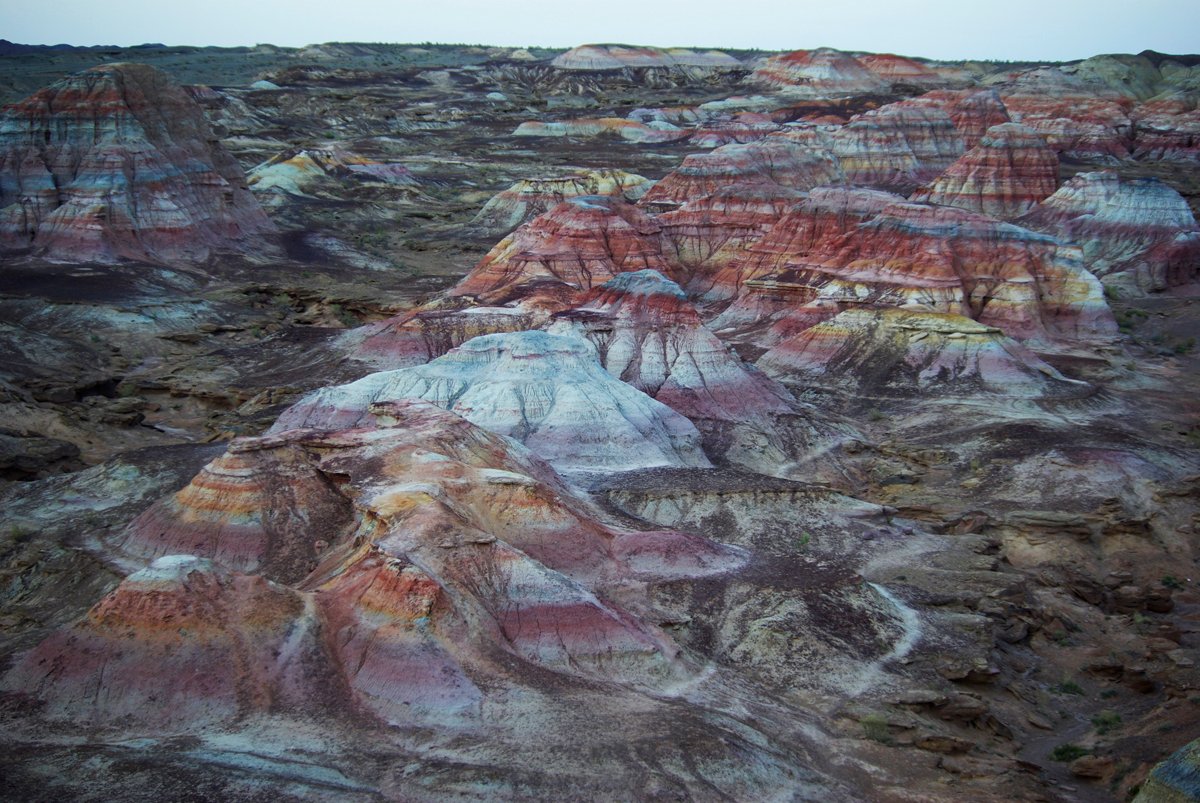-
Plate Tectonics Keep the Earth Comfortable
Earth is the only earth in the Solar System with plate tectonics. principally, the external crust of the Earth is broken up into regions known as monumental plates. These are floating on top of the magma innards of the Earth and can move against one another. When two plates collide, one plate will subduct( go under another), and where they pull piecemeal, they will allow the fresh crust to form.
This process is veritably important for a number of reasons. Not only does it lead to monumental resurfacing and geological exertion( i.e. earthquakes, stormy eruptions, mountain- structure, and oceanic fosse conformation), but it’s also natural to the carbon cycle. When bitsy shops in the ocean die, they fall to the bottom of the ocean.
Over long ages of time, the remnants of this life, rich in carbon, are carried back into the innards of the Earth and reclaimed. This pulls carbon out of the atmosphere, which makes sure we don’t suffer a raw hothouse effect, which is what happens on Venus. Without the action of plate tectonics, there would be no way to reclaim this carbon, and the Earth would come to an overheated, hellish place.
-
Earth is nearly a Sphere
Numerous people tend to suppose that the Earth is a sphere. In fact, between the 6th century BCE and the ultramodern period, this remained the scientific agreement. But thanks to ultramodern astronomy and space trips, scientists have since come to understand that the Earth is actually shaped like a flattened sphere( aka. an oblate hunk).
This shape is analogous to a sphere, but where the poles are smoothed and the ambit bulges. In the case of the Earth, this bulge is due to our earth’s gyration. This means that the dimension from pole to pole is about 43 km lower than the periphery of Earth across the ambit. Indeed though the altitudinous mountain on Earth is Mount Everest, the point that’s farthest from the center of the Earth is actually Mount Chimborazo in Ecuador.
-
Earth is substantially forceful, Oxygen, and Silicon
still, you’d get 32, If you could separate the Earth out into piles of material.1 iron,30.1 oxygen,15.1 silicon, and13.9 magnesium. Of course, the utmost of this iron is actually located at the core of the earth. However, it would be 88 iron, If you could actually get down and test the core. And if you tried the Earth’s crust, you’d find 47 of its oxygen.
-
70 of the Earth’s face is Covered in Water
When astronauts first went into space, they looked back at the Earth with mortal eyes for the first time. Grounded on their compliances, the Earth acquired the surname the “ Blue Planet. And it’s no surprise, seeing as how 70 of our earth is covered with abysses. The remaining 30 is the solid crust that’s located above ocean position, hence why it’s called the “ international crust ”.
-
The Earth’s Atmosphere Extends to a Distance of,000 km
Earth’s atmosphere is thickest within the first 50 km from the face or so, but it actually reaches out to about,000 km into space. It’s made up of five main layers – the Troposphere, the Stratosphere, the Mesosphere, the Thermosphere, and the Exosphere. As a rule, air pressure and viscosity drop the advanced one goes into the atmosphere, and the further one is from the face.
The bulk of the Earth’s atmosphere is down near the Earth itself. In fact, 75 of the Earth’s atmosphere is contained within the first 11 km above the earth’s face. still, the remotest subcaste( the Exosphere) is the largest, extending from the exobase – located at the top of the thermosphere at an altitude of about 700 km above ocean position – to about,000 km(,200 mi). The exosphere merges with the emptiness of external space, where there’s no atmosphere.
The exosphere is substantially composed of extremely low consistency of hydrogen, helium, and several heavier motes – including nitrogen, oxygen, and carbon dioxide. The titles and motes are so far piecemeal that the exosphere no longer behaves like a gas, and the patches constantly escape into space. These free-moving patches follow ballistic circles and may resettle in and out of the magnetosphere or with the solar wind.
-
The Earth’s Molten Iron Core Creates a glamorous Field
The Earth is like a great big attraction, with poles at the top and bottom near the factual geographic poles. The glamorous field it creates extends thousands of kilometers out from the face of the Earth – forming a region called the “ magnetosphere “. Scientists suppose that this glamorous field is generated by the molten external core of the Earth, where heat creates convection movements of conducting accouterments to induce electric currents.
Be thankful for the magnetosphere. Without it, patches from the Sun’s solar wind would hit the Earth directly, exposing the face of the earth to significant quantities of radiation. rather, the magnetosphere channels the solar wind around the Earth, guarding us against detriment. Scientists have also theorized that Mars ’ thin atmosphere is due to it having a weak magnetosphere compared to Earth’s, which allowed the solar wind to sluggishly strip it down.
-
Earth Doesn’t Take 24 Hours to Rotate on its Axis
It actually takes 23 hours, 56 twinkles, and 4 seconds for the Earth to rotate formerly fully on its axis, which astronomers relate to as a Sidereal Day. Now stay for an alternate, doesn’t that mean that a day is 4 twinkles shorter than we suppose it is? You’d suppose that this time would add up, day by day, and within many months, the day would be night, and night would be the day.
But flashback that the Earth orbits around the Sun. Every day, the Sun moves compared to the background stars by about 1 ° – about the size of the Moon in the sky. And so, if you add up that little stir from the Sun that we see because the Earth is ringing around it, as well as the gyration on its axis, you get an aggregate of 24 hours.
This is what’s known as a Solar Day, which – contrary to a Sidereal Day – is the quantum of time it takes the Sun to return to the same place in the sky. Knowing the difference between the two is to know the difference between how long it takes the stars to show up in the same spot in the sky, and what it takes for the sun to rise and set formerly.
-
A time on Earth isn’t 365 days
It’s actually365.2564 days. It’s these redundant.2564 days that produce the need for a Leap Year formerly every four times. That’s why we method on a redundant day in February every four times – 2004, 2008, 2012, etc. The exceptions to this rule are if the time in question is separable by 100( 1900, 2100, etc), unless it’s separable by 400( 1600, 2000, etc).
-
Earth has 1 Moon and 2Co-Orbital Satellites
As you ’re presumably apprehensive, Earth has 1 moon( aka. The Moon). plenitude is known about this body and we’ve written numerous papers about it, so we won’t go into important detail there. But did you know there are 2 fresh asteroids locked into aco-orbital route with Earth? They ’re called 3753 Cruithne and 2002 AA29, which are part of a larger population of asteroids known as Near- Earth Objects( NEOs).
The asteroid known as 3753 Cruithne measures 5 km through, and is occasionally called “ Earth’s alternate moon ”. It does n’t actually circumvent the Earth, but has a accompanied route with our home earth. It also has an route that makes it look like it’s following the Earth in route, but it’s actually following its own, distinct path around the Sun.
Meanwhile, 2002 AA29 is only 60 measures across and makes a horseshoe route around the Earth that brings it close to the earth every 95 times. In about 600 times, it’ll appear to circle Earth in aquasi-satellite route. Scientists have suggested that it might make a good target for a space disquisition charge.
-
Earth is the Only Earth Known to Have Life
We ’ve discovered past substantiation of water and organic motes on Mars and the structure blocks of life on Saturn’s moon Titan. We can see amino acids in nebulae in deep space. And scientists have suspected about the possible actuality of life beneath the icy crust of Jupiter’s moon Europa and Saturn’s moon Titan. But Earth is the only place life has actually been discovered.
But if there’s life on other globes, scientists are erecting trials that will help find it. For case, NASA just blazoned the creation of the Nexus for Exoplanet System Science( NExSS), which will spend the coming times going through the data transferred back by the Kepler space telescope( and other operations that have yet to be launched) for signs of life onextra-solar globes.
Giant radio dishes are presently scrutinized distant stars, harkening for the characteristic signals of intelligent life reaching out across astral space. And newer space telescopes, similar as NASA’s James Webb Telescope, the Transiting Exoplanet Survey Satellite( TESS), and the European Space Agency’s Darwin charge might just be important enough to smell the presence of life on other worlds.
—
But for now, Earth remains the only place we know of where there’s life. Now that’s an intriguing fact!




















